Ever wonder why some people breeze through cooking while you are still wrestling with basic prep? They know shortcuts that turn kitchen chaos into smooth sailing. Simple food tricks can cut your cooking time in half, prevent waste, and make meals taste like you spent hours perfecting them. Research shows that the fruit roll-up and ice cream combination has become the most popular food trend right now, a sticky, crackly reminder that creative shortcuts actually work. What connects viral food trends to kitchen efficiency? The same thing, knowing which simple techniques deliver maximum impact.
Kitchen efficiency is not about expensive gadgets or years of training. It is about knowing which techniques deliver a lot with a little. Studies indicate that batch cooking reduces daily stress while keeping budgets intact, giving families more quality time together. These are not complicated chef secrets. They are small, strategic adjustments that work with what you already own, turning everyday cooking problems into quick wins.
The prep hacks that actually save time
Here is something that changed everything for me: sharp tools. Professional chefs know that razor-sharp knives cut cleaner and faster, and they are safer than dull blades that slip. A well-maintained blade speeds prep and helps food cook evenly because you get uniform pieces. A basic honing steel, or the unglazed bottom of a ceramic mug, works for quick touch-ups between professional sharpenings.
Sharp knives shine even brighter when your space is set up to match your pace. Kitchen experts recommend keeping the most used items at the very front of cupboards and shelves so you are not digging when dinner is already sizzling. Precise cuts happen fast, so the olive oil, salt, and finishing touches should be equally easy to grab. Dice an onion in 30 seconds, then keep moving.
Multi-tasking tools keep that momentum going. Food preparation becomes effortless when you snip bacon or herbs with kitchen scissors instead of dirtying a cutting board. Ever sliced cherry tomatoes one by one? No thanks. Stack them between two identical plates and, as professional techniques show, run a serrated knife through the gap. You get uniform halves in seconds.
Freezer tricks that prevent waste
Your freezer can be a calm, organized teammate, not a frosty junk drawer. Cooking professionals swear by freezing pancake batter in pre-portioned amounts that thaw and spread into perfectly sized pancakes on a 375°F griddle. No measuring when you are half awake. No mess. Just breakfast.
Keep textures in mind. Home cooks have discovered that peeling bananas before freezing skips the dreaded frozen-peel battle, so you can defrost, mash, and bake without the sticky struggle. Grating frozen butter straight into dough is another tidy move, easier than a pastry cutter and terrific for scones or pie crusts. I reach for this trick all the time because the texture beats room temperature butter, every time.
Do the same for flavor. Kitchen efficiency experts suggest pressing chopped herbs into ice cube trays with a little olive oil and water, then freezing until solid. The cubes keep herbs from drying out and drop straight into soups and sauces like little flavor grenades. Taken together, pre-portioning for convenience, texture moves for quality, and herb cubes for intensity turn your freezer into a real pantry.
Heat and timing shortcuts that work
Temperature control separates good cooks from great ones, and it touches everything else you do. Culinary research demonstrates that most cooking should happen on medium heat rather than high, which prevents burned exteriors and raw centers. The payoff is even cooking and better flavor. Medium heat also gives you time to work those neatly diced vegetables into the pan and build flavor without panic.
Passive cooking stretches that idea and saves energy. Energy-efficient techniques show that boiling pasta for two minutes, then covering and turning off the heat, lets the retained heat finish it to perfect al dente. You use less gas or electricity than keeping a rolling boil for 8 to 12 minutes, and you keep the texture you want. It also works for rice, quinoa, and other grains. Bring to a boil, reduce heat, cover, and let gentle steam finish the job.
Preheating brings quick, deep browning. Professional cooking methods reveal that heating sheet pans to 425°F before adding vegetables creates immediate contact that gives great color and helps prevent sticking. Think hot skillet energy, only for roasting. The sear happens right away, flavors lock in, and cook time drops.
Flavor boosters on a budget
Simple seasonings make complex flavors when paired with precise prep and steady heat. Budget cooking strategies prove that the salt, sugar, acid triangle balances a dish. Too salty, add lemon or vinegar. Too sour, add sugar. Too sweet, add salt. A small pinch of sugar smooths sharp tomato sauce faster than tossing in more tomatoes. Taste, adjust, repeat.
Pantry staples stretch meals when combined with smart technique and freezer help. Cost-saving techniques demonstrate that canned beans can turn a light dinner into a hearty one. Butter beans bulk up veggie traybakes, black beans extend chili, chickpeas stretch curry, and haricot beans make a stew out of leftover Sunday roast chicken. Pair them with those frozen herb cubes and you get instant depth without a last-minute store run.
The microwave is not the enemy, it is the closer. Time-saving methods show that you can soften brown sugar in 30 second bursts with a small cup of water in the microwave. Warm lemons for 20 to 30 seconds before juicing and you will get more out of each one. These tiny moves make the most sense when you have already batch-prepped and stored ingredients, turning quick blasts of heat into neat finishing touches.
Where these hacks lead you
These simple techniques turn daily cooking from a stressful chore into an easy routine because they stack. Kitchen efficiency studies confirm that using flavor boosters like sauces, herbs, and vinegar can elevate basic ingredients into restaurant-quality meals. Master sharp knife skills and a tidy prep space, and batch-freezing portions becomes the obvious next step. Learn medium heat and passive cooking, and you will start preheating pans for better browning without thinking about it. Each skill amplifies the others.
Research indicates that meal planning, paired with these shortcuts, reduces stress while improving nutrition and saving money. Picture it. Sunday, you use sharp knife skills to prep a week of vegetables and portion them into the freezer. Monday morning, that frozen pancake batter becomes breakfast while yesterday’s herb cubes slide into tonight’s soup. Tuesday, a preheated pan gives you roasted vegetables with golden edges, seasoned with that salt, sugar, acid balance and stretched with beans.
Start with one or two moves that hit your biggest pain point, maybe the herb ice cubes if basil keeps wilting, or the knife maintenance if prep drags. Build the habit, then add another. Your future self will be very happy when these small skills click into a smooth weeknight rhythm, and weekend meal prep feels doable, maybe even fun.




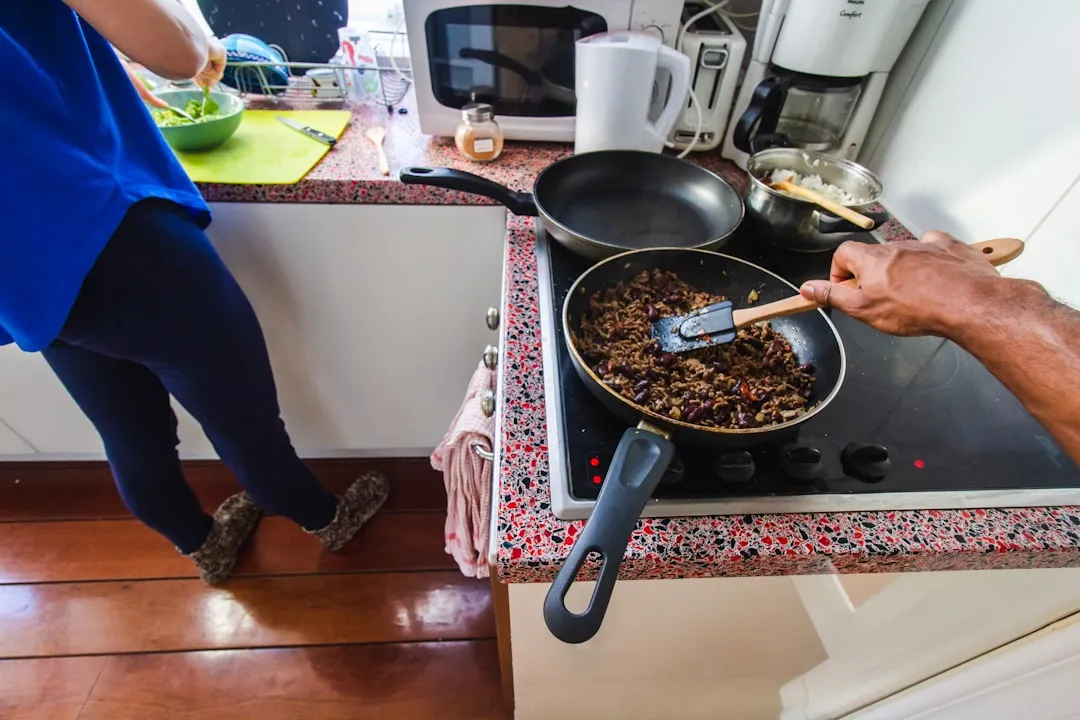
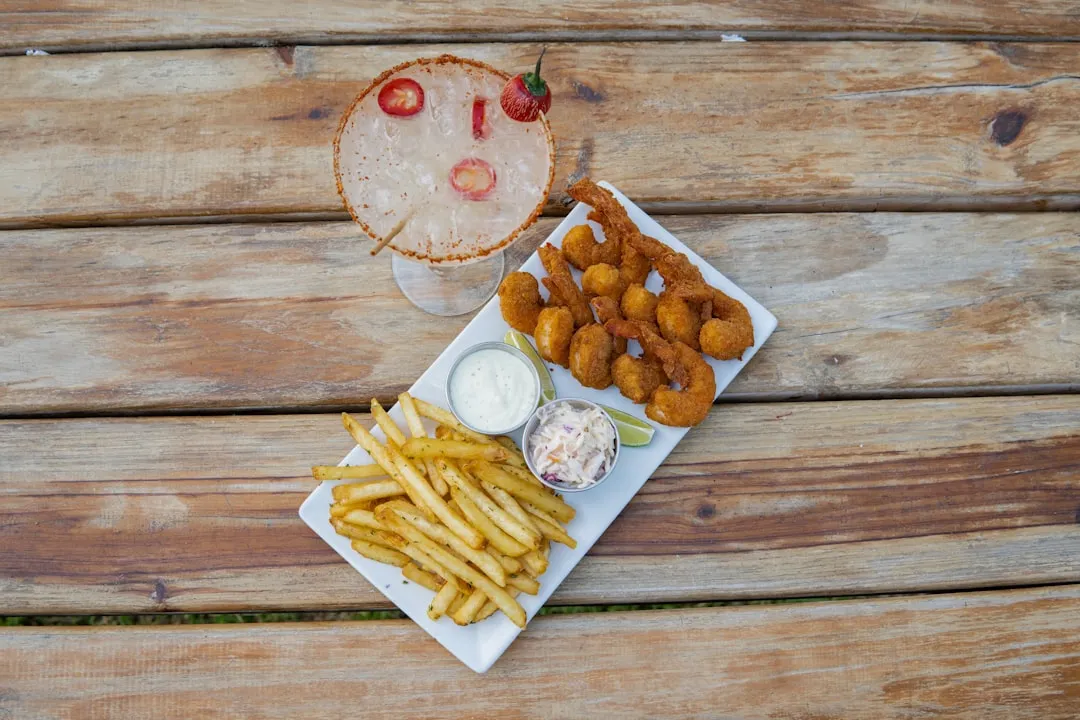

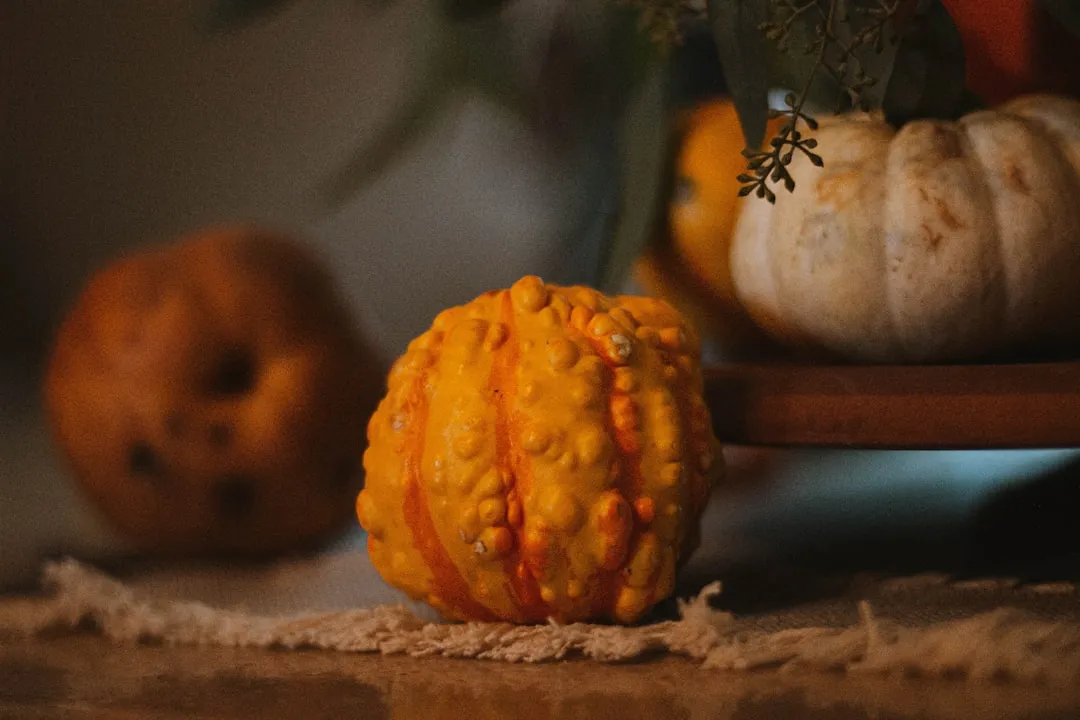
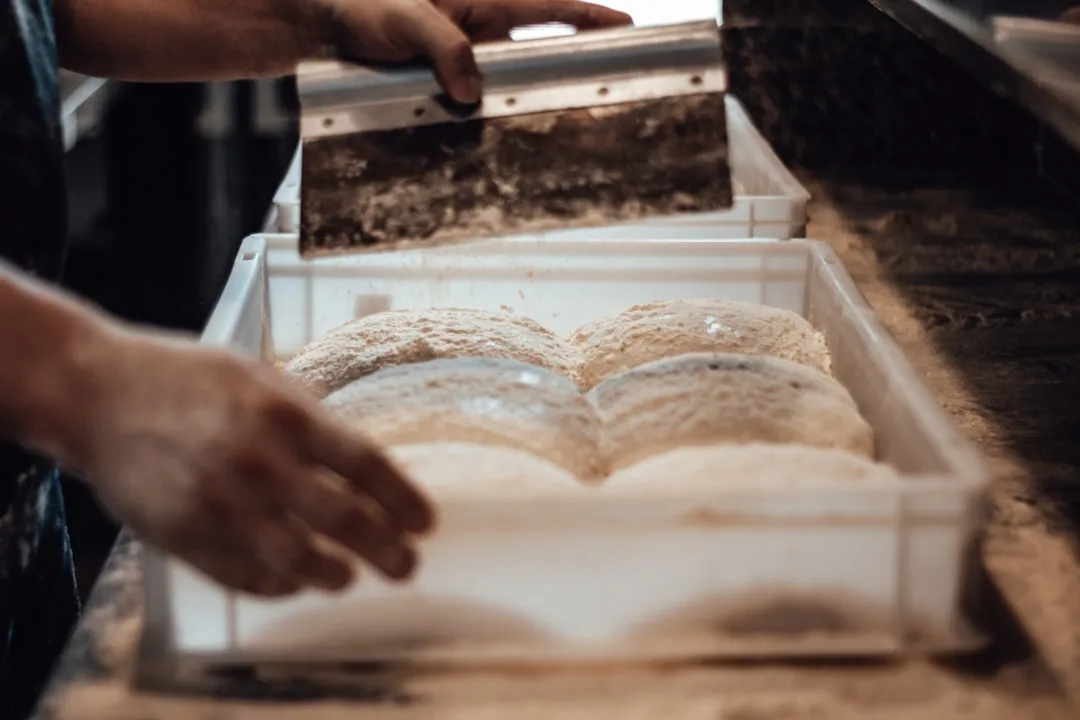
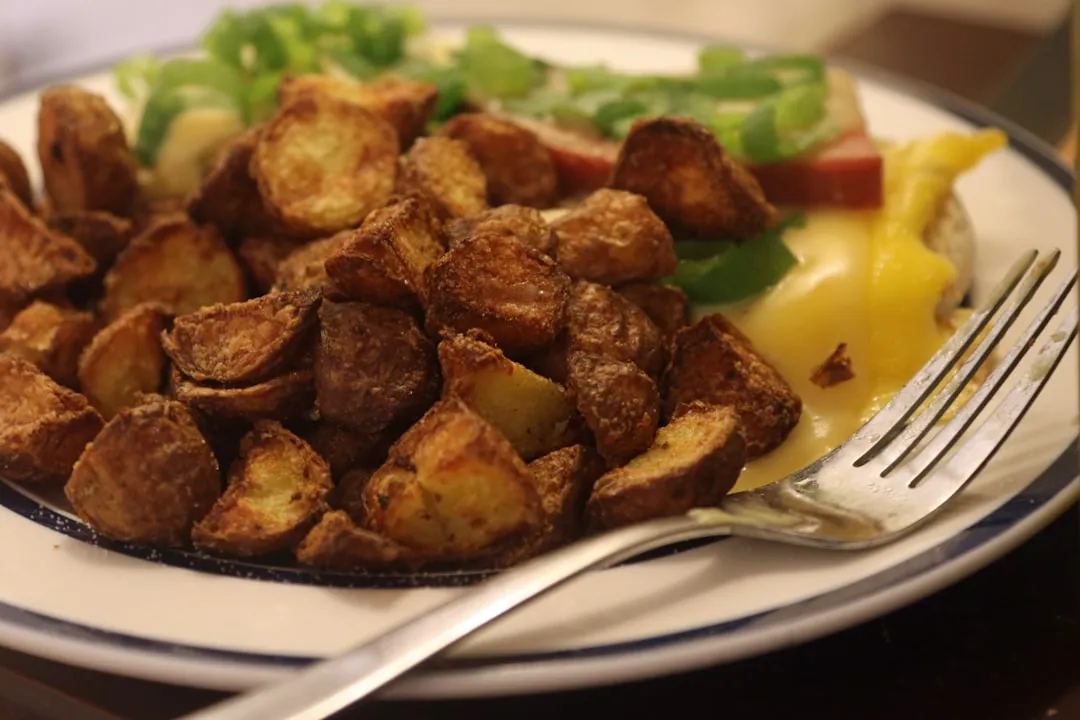
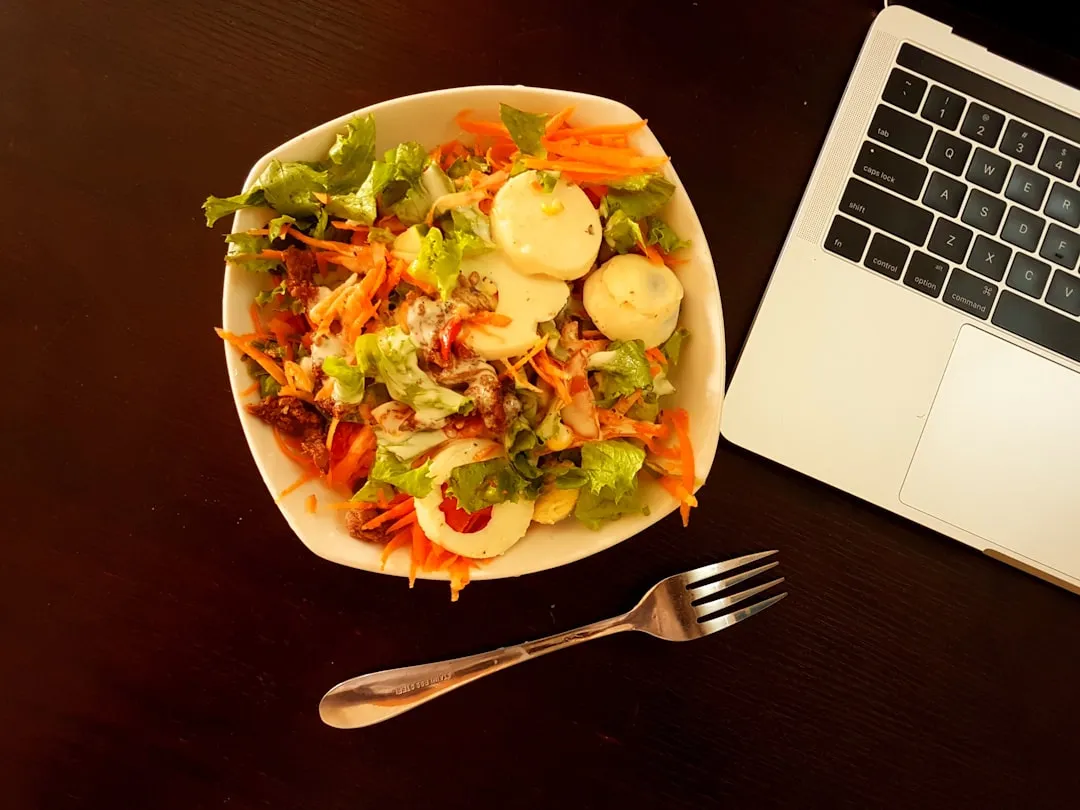
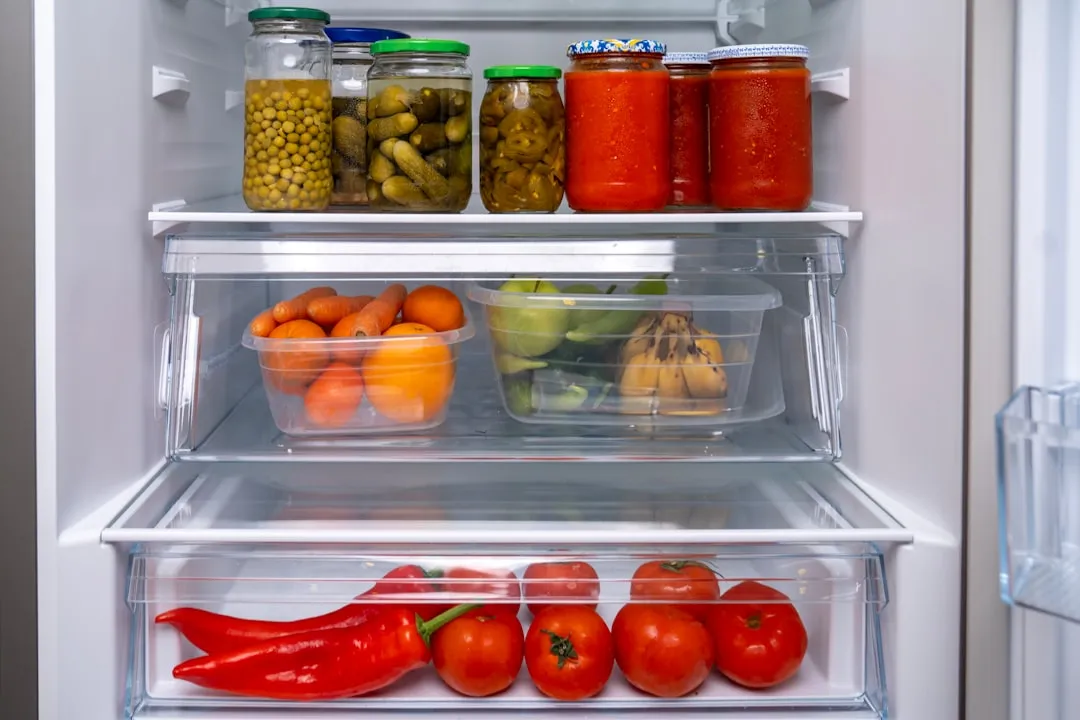



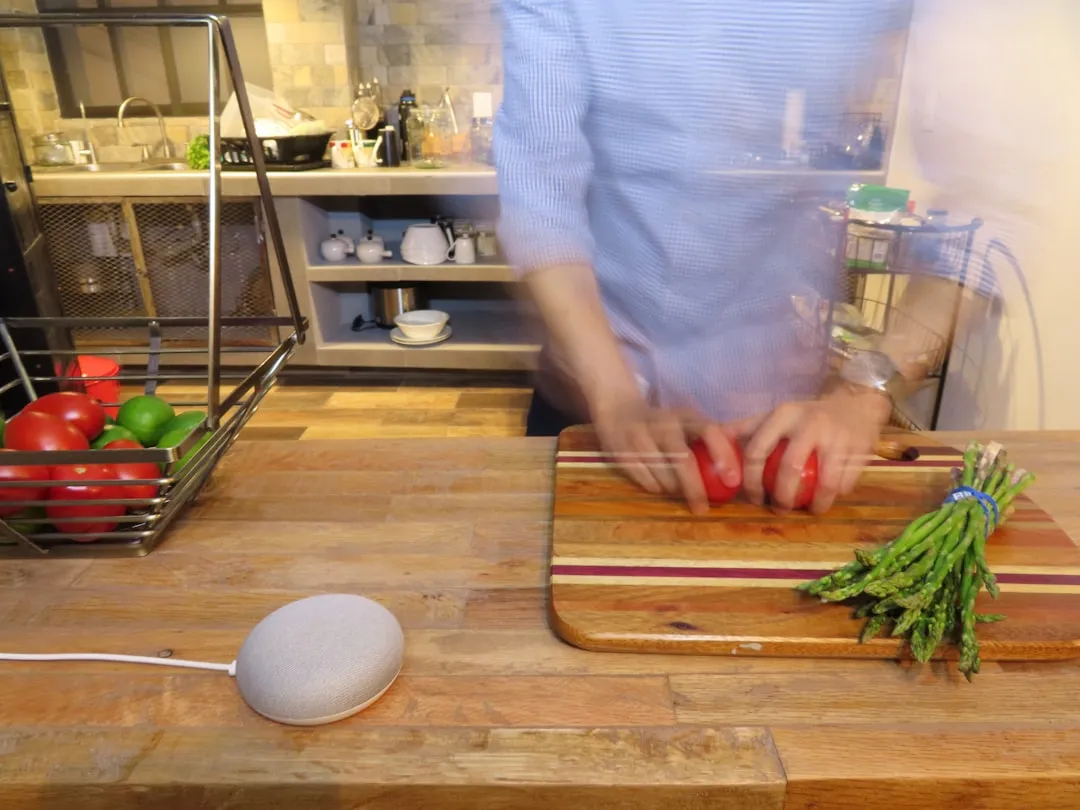



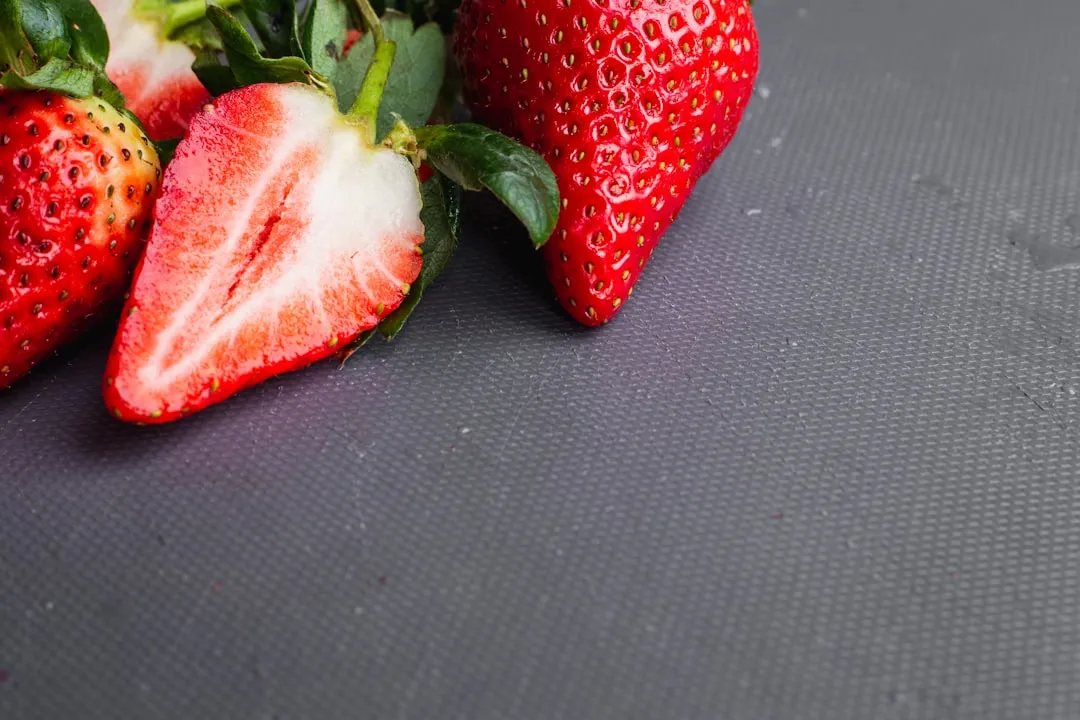

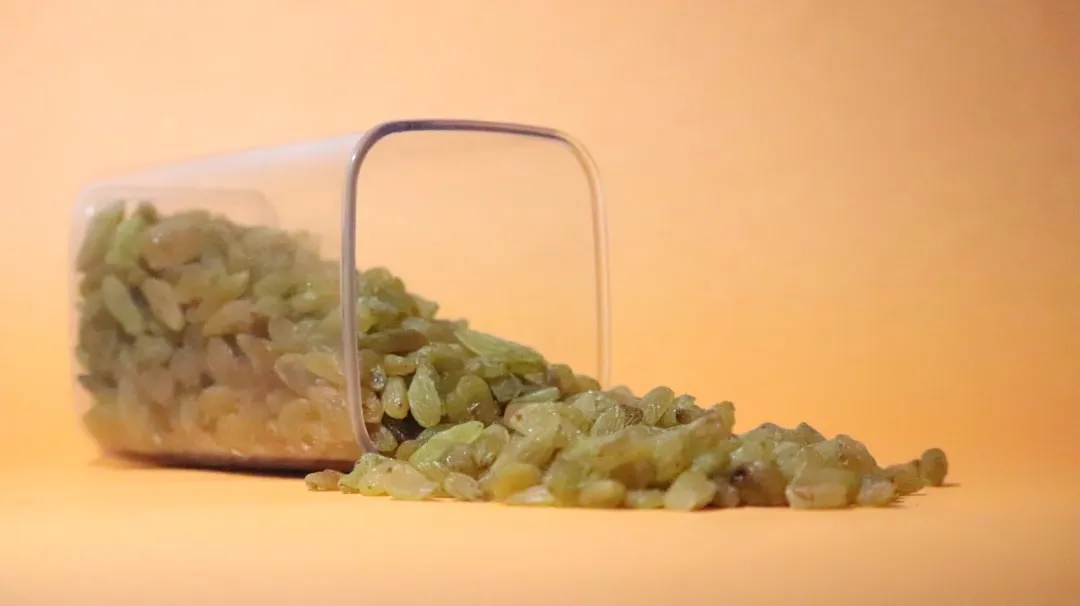
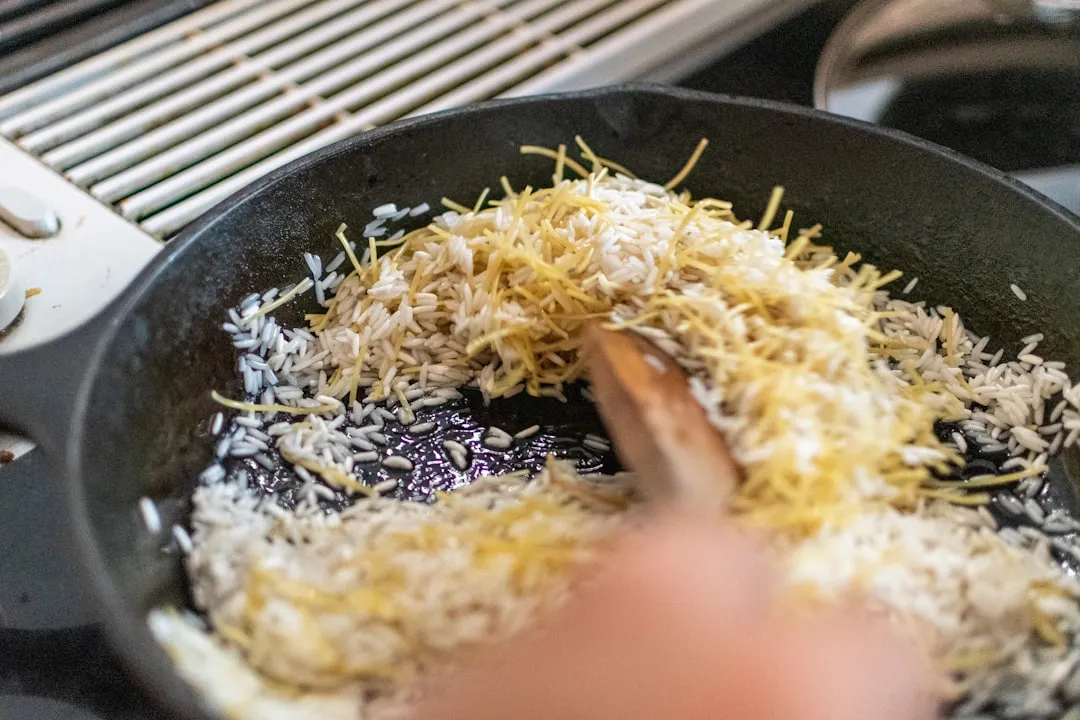

Comments
Be the first, drop a comment!